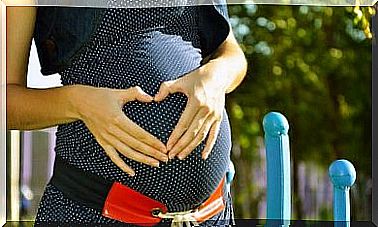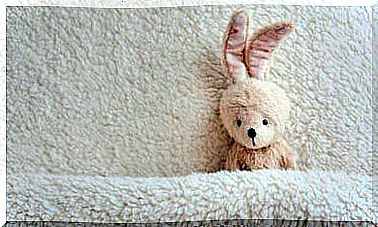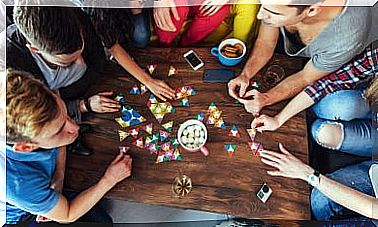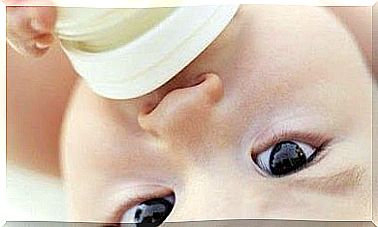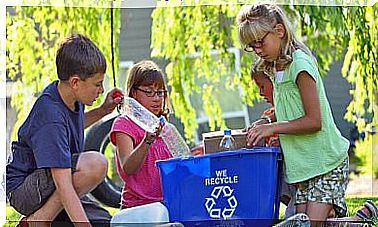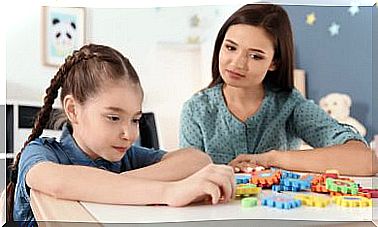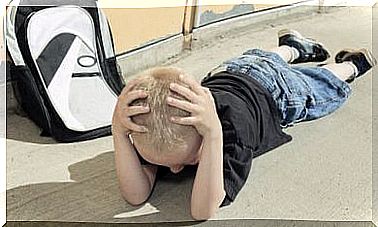The Strange Situation And The Different Types Of Attachment
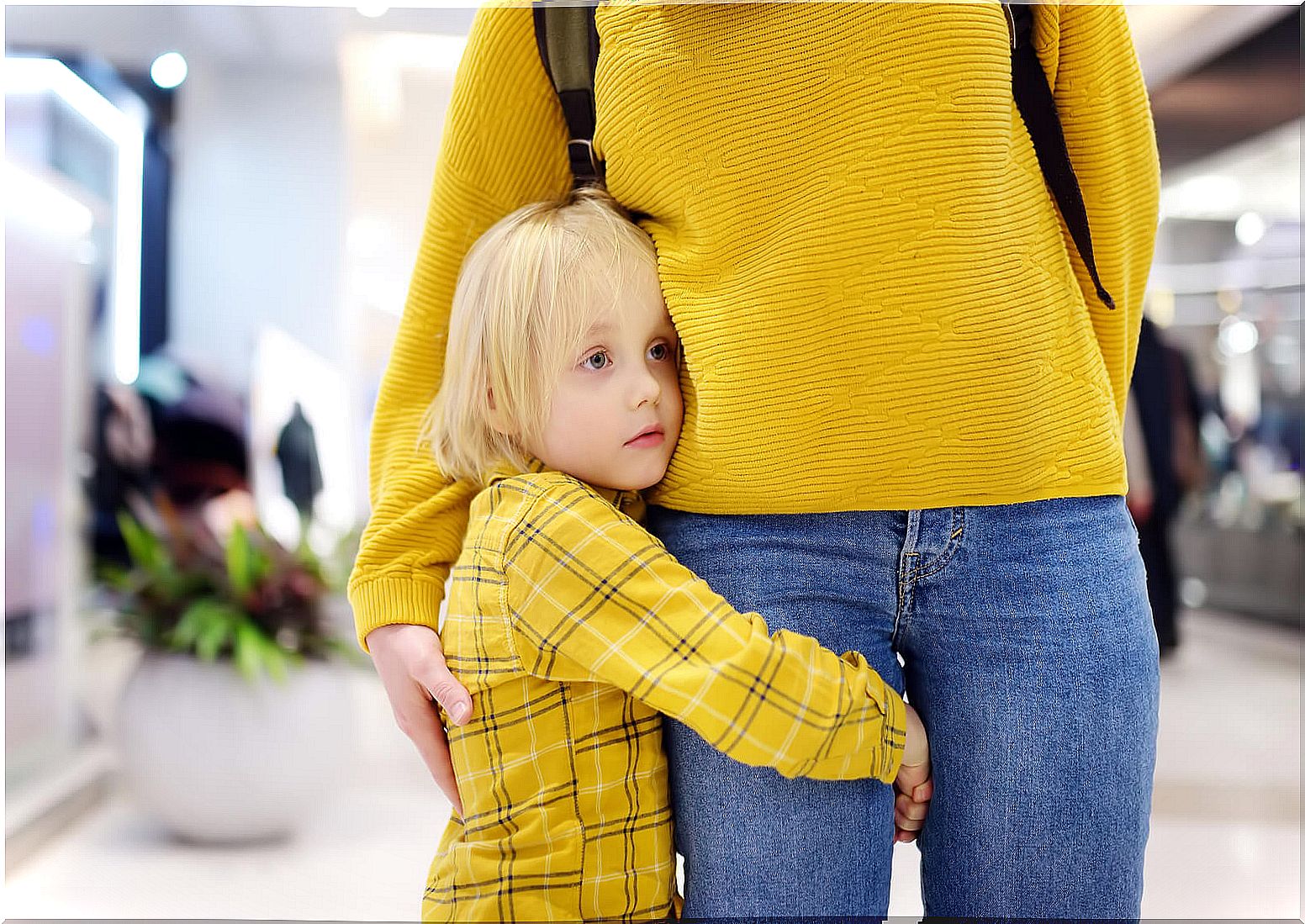
In 1970 the American psychologist, Mary Ainsworth carried out an experiment called “The strange situation”. It was about studying the child in interaction with the mother and with a strange adult in an unfamiliar context. This article explains what the strange situation consists of and the different types of attachment.
The strange situation and the different types of attachment
Strange situation and different types of attachment was a study conducted by psychologist Mary Ainsworth in the 1970s. For her study, she selected several twelve-month-old children and studied the individual behavior of each one.
The experiment consisted of observing the child’s interaction with his mother and a stranger, in an unfamiliar context and in the following situations:
- The mother and the child stay in one room. The child plays freely and explores the environment while his mother watches him.
- Shortly after, a stranger enters and engages in conversation with the mother.
- Then the mother leaves the room without the child noticing and the stranger is left playing with him.
- The mother returns and tries to comfort him. The stranger leaves the room.
- A few minutes later, the mother leaves the room again, leaving the child alone.
- The stranger returns. Comfort the child, if necessary, and play with him.
- Finally, the mother comes back in.
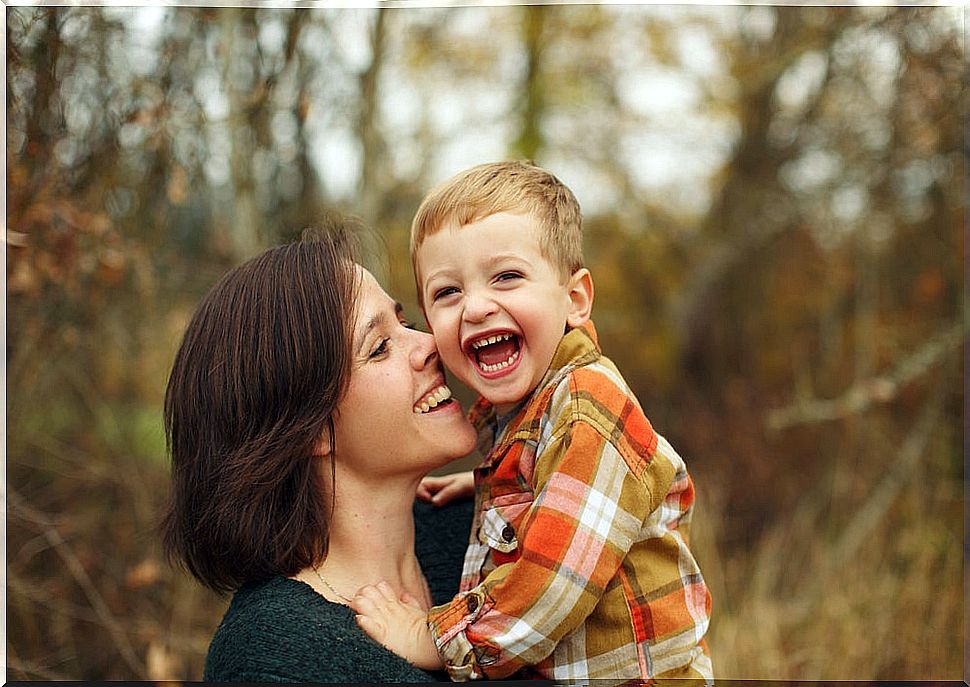
In the various situations Ainsworth observed and studied
- The quality of the relationship between the child and the mother.
- The reactions that the boy showed when he separated from his mother and when he was reunited with her.
- The reaction that the child showed to the appearance of the strange person.
Another aspect Ainsworth observed in the strange situation was that the children explored and played more in the presence of their mother. However, this behavior decreased when the stranger entered and, above all, when the mother left.
Types of Attachment
In this experiment Ainsworth found clear individual differences in children’s behavior. These differences allowed him to describe the behavioral patterns of the different types of attachment:
Secure attachment
It manifests itself in 65-70% of babies. Children with this type of attachment use their mother as a secure base to explore the environment. When the mother withdraws or disappears, they show anxiety and fear. In addition, the exploratory behavior of the baby decreases. When the mother returns, the child easily calms down and they seek physical contact and then continue their exploratory behavior.
The internal model of relationships that the child builds when establishing a secure attachment is based on availability and affection. The characteristics of parents or caregivers that influence the development of a secure attachment are:
- Respond to and appropriately interpret the demands and needs of the child.
- They express affection and frequent attention.
Insecure-ambivalent attachment
It occurs with a frequency rate of 10-15% of children. When the attachment figure is present, children show no interest in exploration and remain close to the mother for fear that it will disappear. When the mother disappears, the child shows anxiety. However, when she returns, her reaction is mixed.
In this case, the internal model of relationships that the child develops will be based on the lack of security and protection. The behaviors that lead to the development of an insecure-ambivalent attachment are:
- Parents do not adequately interpret or meet the demands and needs of the child.
- They are incoherent in their behaviors towards the child.
Insecure-avoidant attachment
The frequency of insecure-avoidant attachment occurs in 20% of children. In this type of attachment, children do not usually show anxiety about separation from the attachment figure. The child is quite independent and ignores the mother while she is present.
The most striking thing is that, when the mother appears again, they do not seek physical contact with her. Even if their mother seeks contact, they reject the approach.
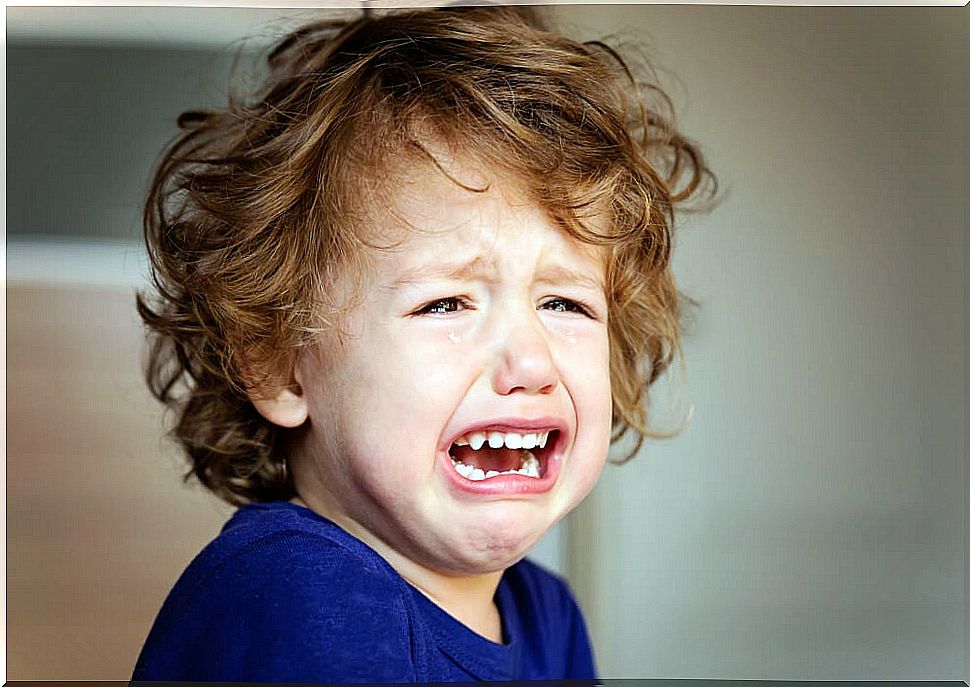
The internal model of relationship that the child with insecure-avoidant attachment builds is based on distancing to avoid rejection. The behaviors of parents or caregivers that favor the formation of this type of attachment are:
- They are irresponsible, and unable to offer the care and support that the child needs. They often reject their children.
- They have little contact with children and relationships are authoritarian and hostile.
- They do not express affection or feelings.
Insecure-disorganized attachment
This type of attachment manifests itself in 10-12% of children. Ambivalent and avoidant attachment patterns are combined. Children are insecure and disoriented when the mother is present. They approach her, but avoid eye contact.
When they separate, their behaviors are confused and disorganized. When the mother returns, they do not know how to react; they show confusion about whether to approach or avoid it.
It has been observed that this type of attachment usually occurs in children who have suffered abuse and neglect, and who have experienced protection, rejection and aggression cyclically.
Children who develop insecure-disorganized attachment build an internal model of relationships that is based on insecurity and lack of control. The characteristics of parents or caregivers that influence the development of a secure attachment are:
- Negligent behavior.
- Personality disorders.
- Cyclical behaviors of protection, rejection and aggression.
